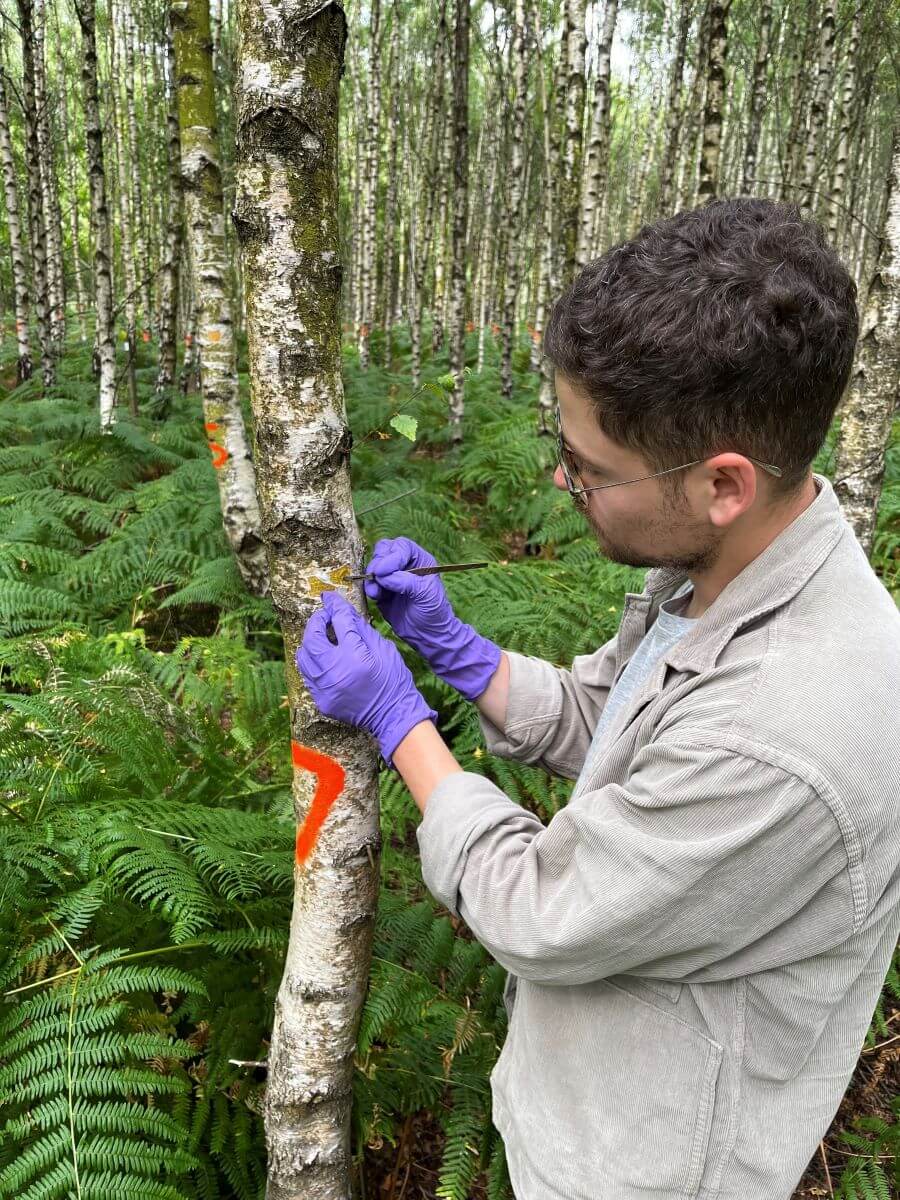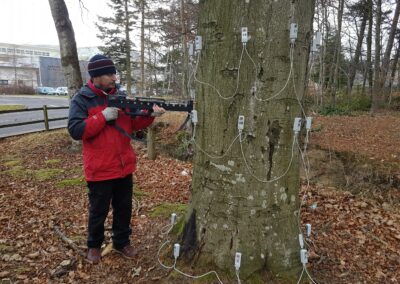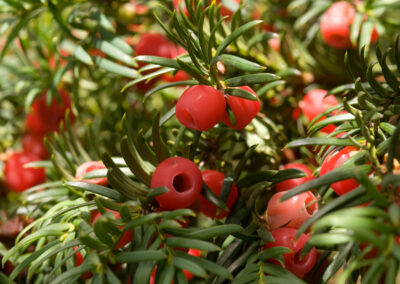Understanding the genetic basis of silver birch adaptation to local environments and disease
Project lead(s) Richard Whittet, Joan Cottrell | Forest Research; Prof. Richard Buggs | RBG Kew, Dr Domen Finzgar | Forest Research;
Contributors/partners Dr Jo Clark (Future Trees Trust)
Project status Complete (April 2022 – March 2025 )
Context
Silver birch (Betula pendula) is the second-most abundant broadleaved tree species in Britain by area, with the past 20 years seeing significant growth in the planting of birch for the creation of native woodlands and timber. However, a greater understanding of genetic adaptation is now required in order to plant trees that are resilient to climate change and dieback caused by native pathogens.
This interdisciplinary project brings together Forest Research expertise in forest genetics and tree health with genomic and bioinformatic skills at Kew. Forest Research holds well-designed provenance trials for silver birch in contrasting environments, which represent a comprehensive range of British populations. New assessments of performance and disease incidence or severity in these trials will be combined with innovative genomic approaches, to explore the genetic control of adaptive traits and prospects for adaptation to environmental change.
Research aims and objectives
This work aims to guide future planting of silver birch by providing an improved knowledge of:
- The distribution of adaptive variation (including disease susceptibility) in British silver birch populations and the climatic factors that drive genetic adaptation.
- The genomic control (the genetic component) of a range of adaptive traits in British silver birch including disease resistance.
Project description
This will be by far the most comprehensive effort in genetically characterising a native tree species in the UK, and will support long-term efforts in tree improvement.
Combining genomic analysis from provenance trials with those obtained from the genome-environment association (GEA) study conducted in the Centre for Forest Protection pilot year will allow us to cross-validate both approaches. This two-pronged methodology will generate an understanding of how natural selection operates on silver birch, the genetic basis of adaptation, and how silver birch may respond to environmental change.
Outputs
- Peer reviewed papers linking environment, genotype, and phenotype.
- Publicly accessible genome-wide read data and single nucleotide polymorphism (SNP) data for silver birch.
- Popular article summarising factors influencing adaptation and choices of planting stock in silver birch.
- Outline plans for molecular-informed breeding of silver birch.

Share this project on social media
Related Projects
Our Partners
Social media
Explore
Contact
© 2022 Centre for Forest Protection. All rights reserved.


